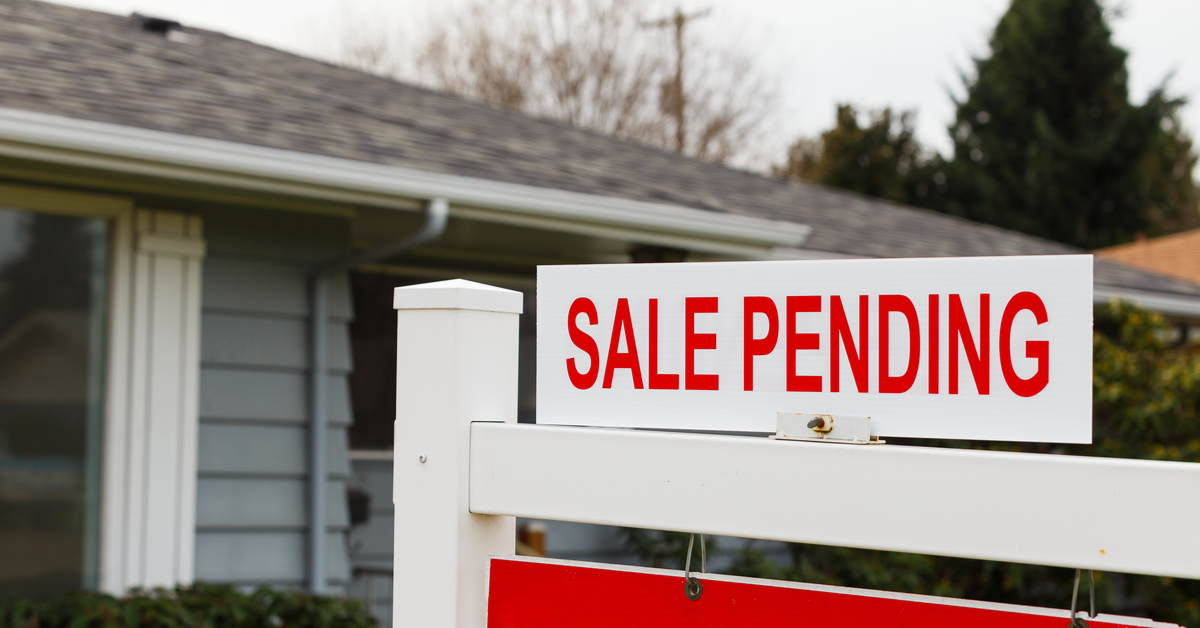More housing data from early 2020 is painting a rosy picture of the pre-coronavirus housing market, as the National Association of Realtors (NAR) reported that pending home sales grew in February.
The NAR’s Pending Home Sales Index (PHSI) — a forward-looking indicator based on contract signings — rose 2.4% to a reading of 111.5 in February. This marks the second straight month of PHSI growth, with each of the four major regions tracked by the NAR registering month-to-month increases.
All four regions saw year-to-year bumps in contract activity as well, contributing to a sharp 9.4% gain in pending home sales on an annual basis. Overall, February’s pending home sales rate represented the highest pace in three years.
“February’s pending sales figures show the housing market had been very healthy prior to the coronavirus-induced shutdown,” said NAR chief economist Lawrence Yun. “Numbers in the coming weeks will show just how hard the housing market was hit, but I am optimistic that the upcoming stimulus package will lessen the economic damage and we may get a V-shaped robust recovery later in the year.”
Regionally, the West saw the largest monthly uptick in PHSI, growing 4.6% from January to February to rest at a reading of 97.1. That’s up 10.8% from last year.
On a yearly basis, the Midwest saw the biggest gain, with a PHSI reading of 110.1, 14.9% higher than February 2019. Month to month, the region saw a 4.5% increase.
The Northeast logged monthly and yearly increases of 2.8% and 5.9%, respectively, ending February with a PHSI of 96.3. The South saw pending home sales grow 0.1% monthly and 7.1 % annually to rest at a PHSI of 129.2.
The PHSI and regional component indices are based on a large national sample (typically representing about 20% of transactions) of pending sales of existing homes. Sales are listed as pending when the contract has been signed but the transaction has yet to close; because of this, it’s possible that, due to the economic impact of the ongoing coronavirus outbreak, some buyers may lose eligibility for their loans or pull out of their deals because their financial situations have changed.
Still, Yun remains generally positive about the health of the market independent of the COVID-19 situation and is hopeful that the market will course-correct to a healthy status again once the threat has passed.
“Housing, just like most other industries, suffered from the coronavirus crisis, but once this predicament is behind us and the habit of social distancing is respected, I’m encouraged there will be continued home transactions though with more virtual tours, electronic signatures, and external home appraisals,” he said. “Many of the home sales that are likely to be missed during the first part of 2020 may simply be pushed into late summer and autumn parts of the year.”





